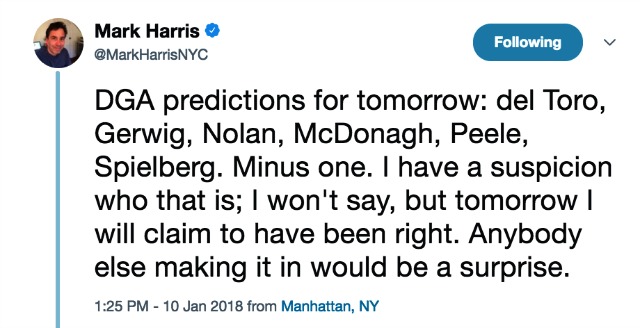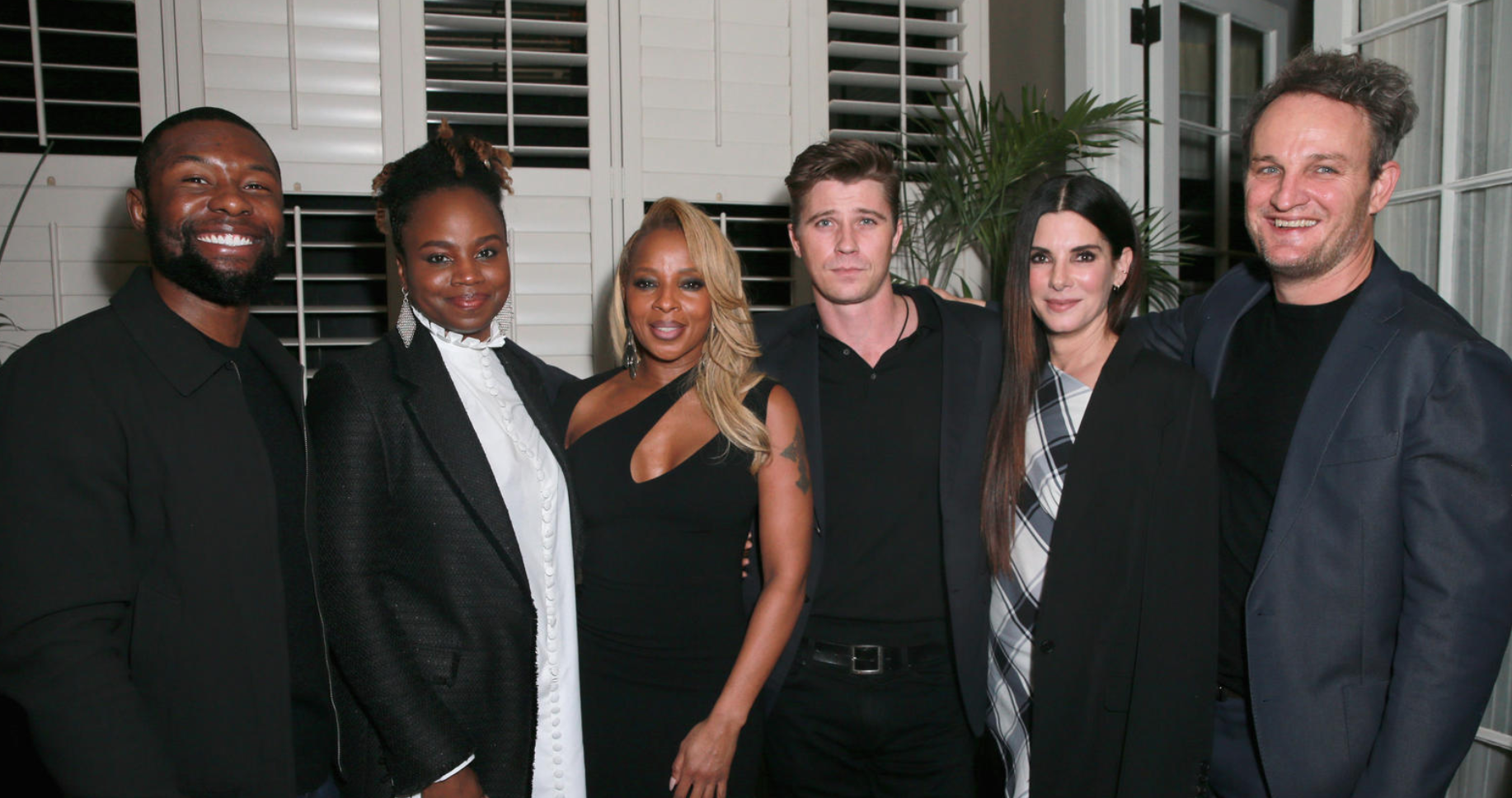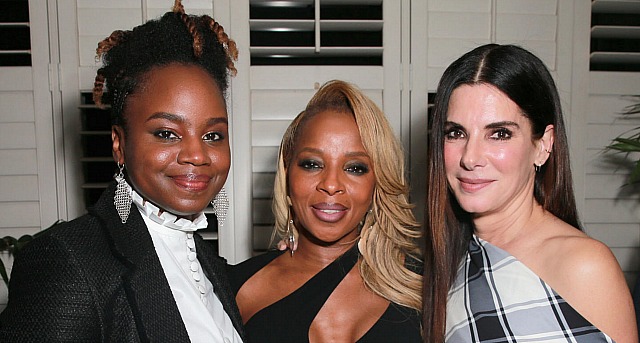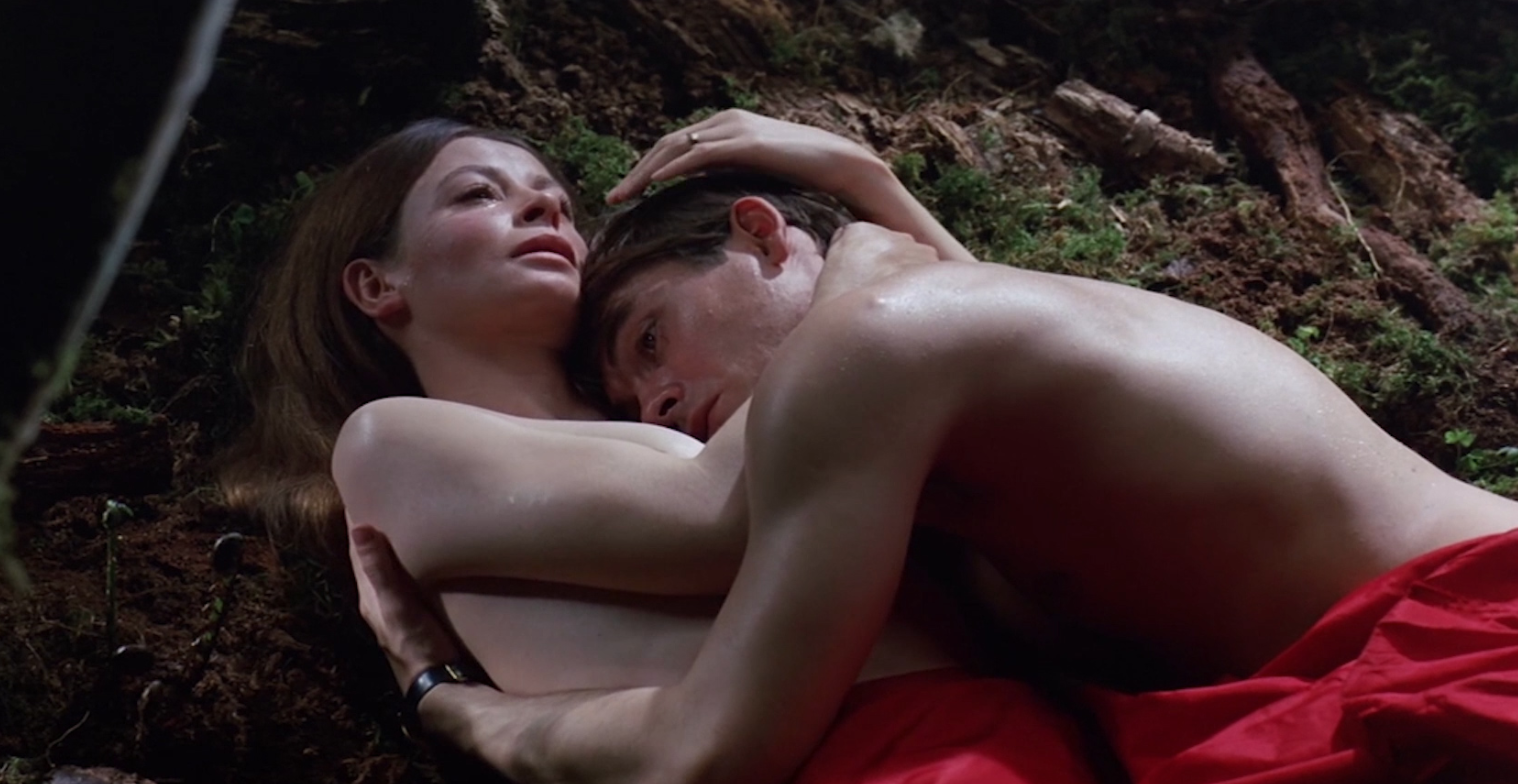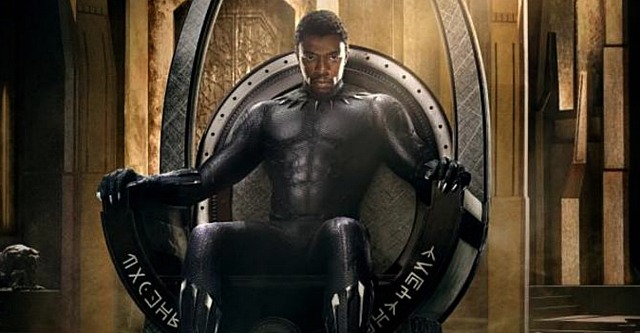The Directors Guild of America membership has an infuriating if not infamous decision to live down.
It has not only backhanded the brilliant Call Me By Your Name helmer Luca Guadagnino (i.e., “Sorry but the Oscars already did the gay thing last year with Moonlight, and we feel too gayed-out to go there again”) but has nominated Get Out director Jordan Peele twice(!!) — for its top-dog feature-film award award as well as a possible trophy for being the best first-time director.
This is impossible, ridiculous. I give up. Sheepthink, no justice, just politics. The fix is in.
For the top feature film award the DGA also nominated Lady Bird‘s Greta Gerwig, The Shape of Water‘s Guillermo del Toro, Three Billboards‘ Martin McDonaugh and Dunkirk‘s Christopher Nolan.
Other first-time nominees are Taylor Sheridan (Wind River), Aaron Sorkin, Geremy Jasper (Patti Cake$) and William Oldroyd (Lady Macbeth).
The Post‘s Steven Spielberg wasn’t nominated, and this, I fear, is the final death knell. The Post — ironically my favorite Spielberg film since Saving Private Ryan — will most likely not be nominated for a Best Picture Oscar.
Other blow-offs include The Florida Project‘s Sean Baker, Mudbound‘s Dee Rees and The Beguiled‘s Sofia Coppola.
Who will take the top honor? Del Toro, I suspect, although I would give it to Nolan without blinking an eye.
Received from a New York guy who gets around: “What a kick in the groin to Steven Spielberg and Luca Guadagnino. I’m talking of course about the double-down bet the DGA just placed on Jordan Peele. If he’s a newcomer — and that’s how I think he should be considered — he doesn’t belong in both categories.”




